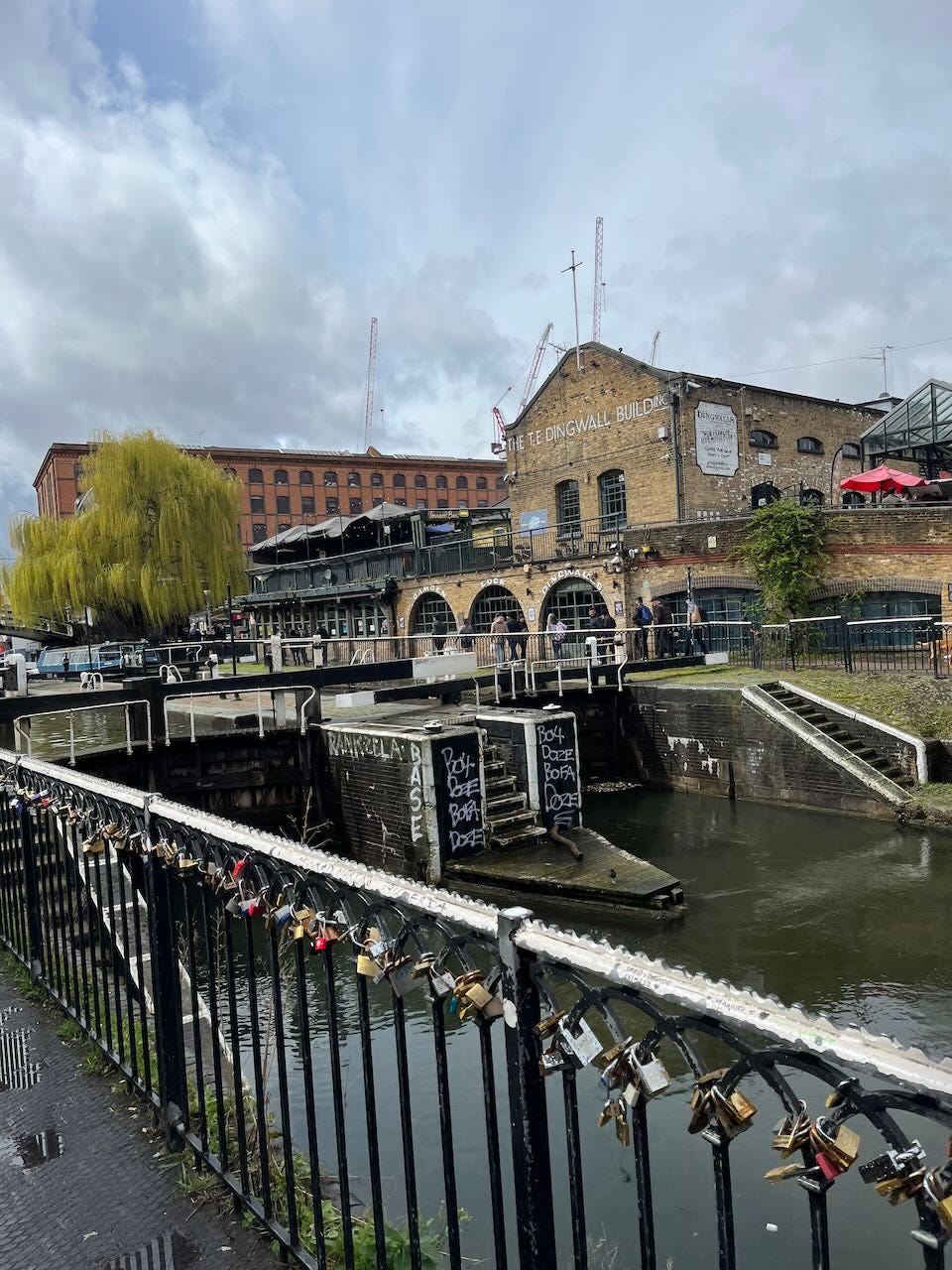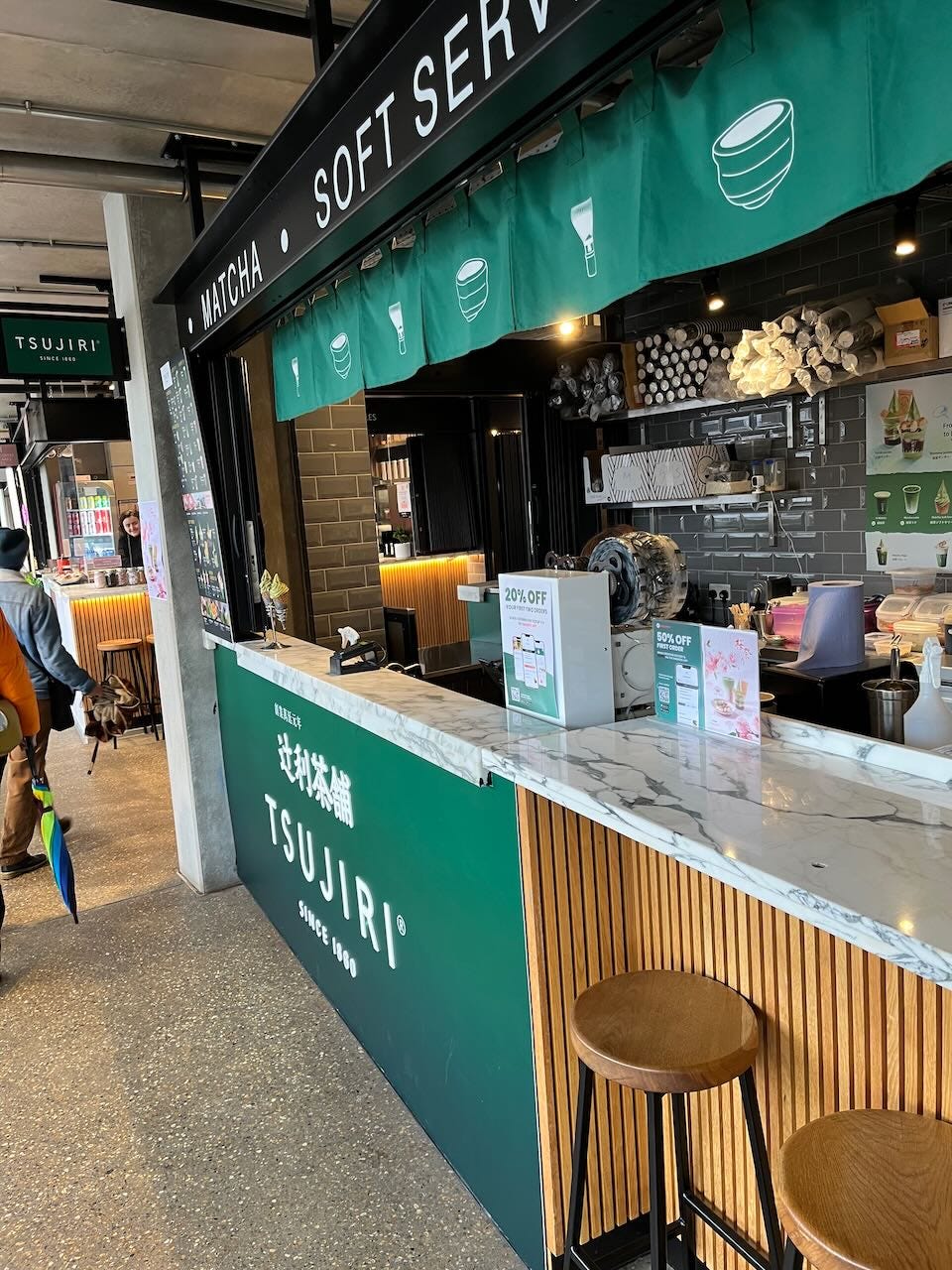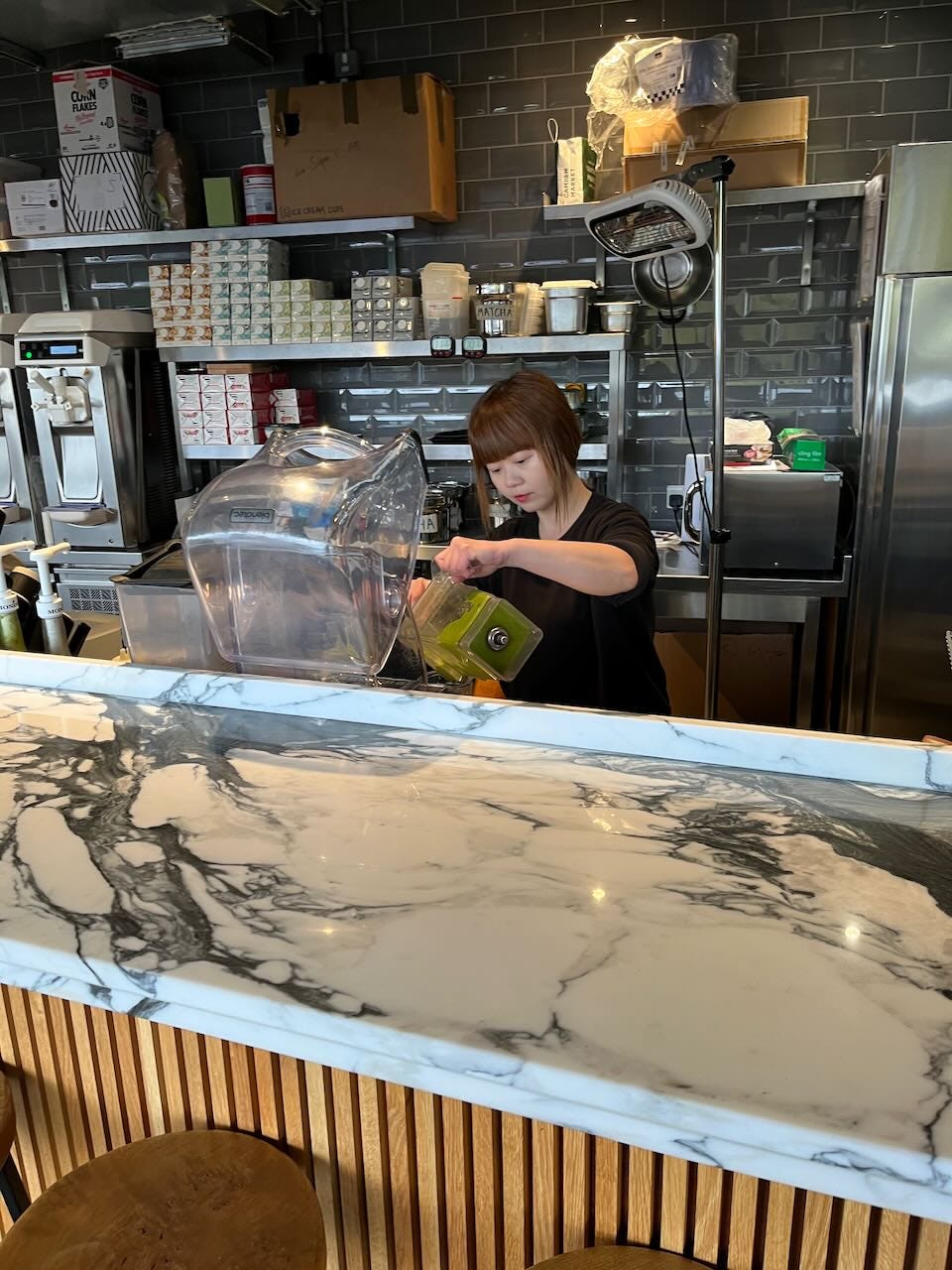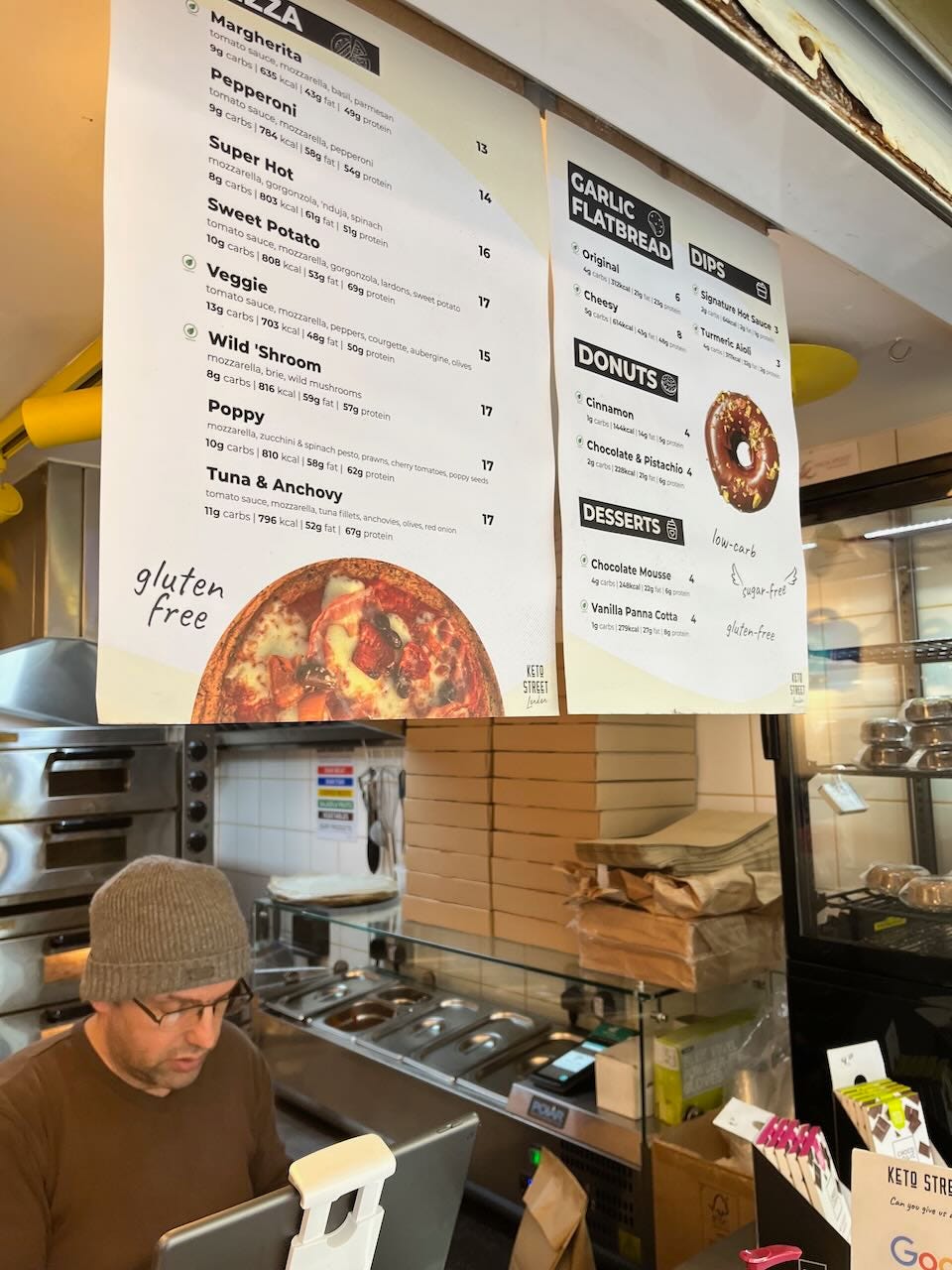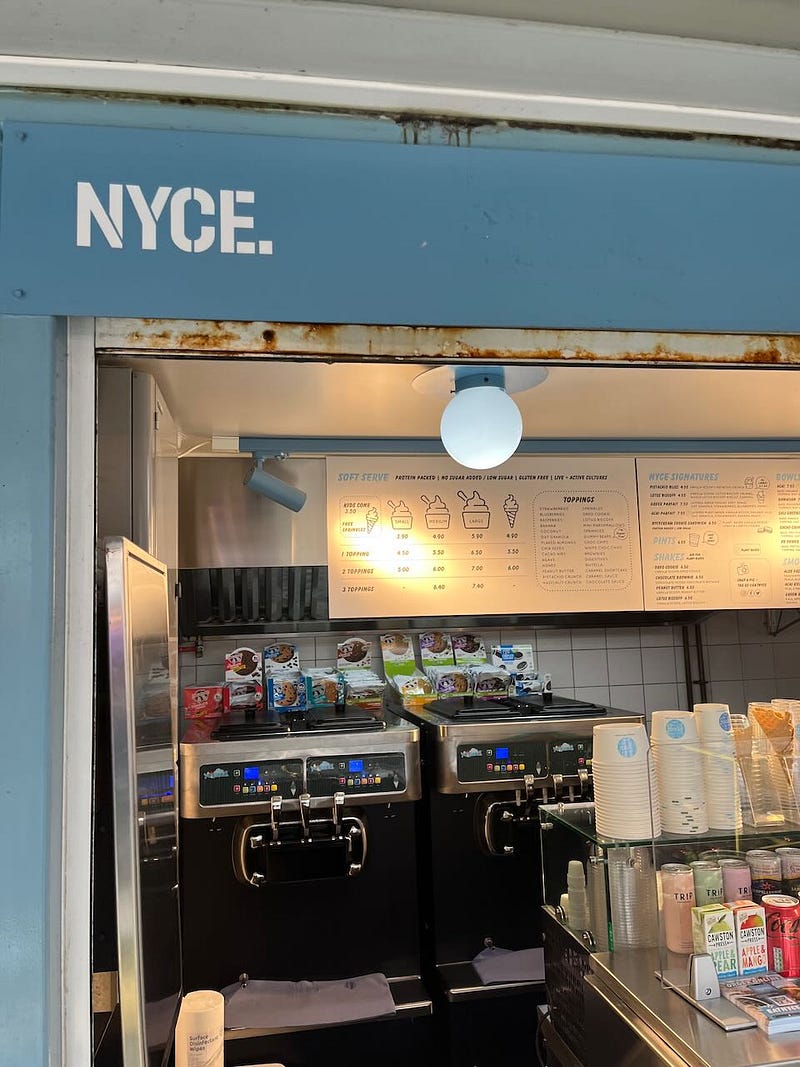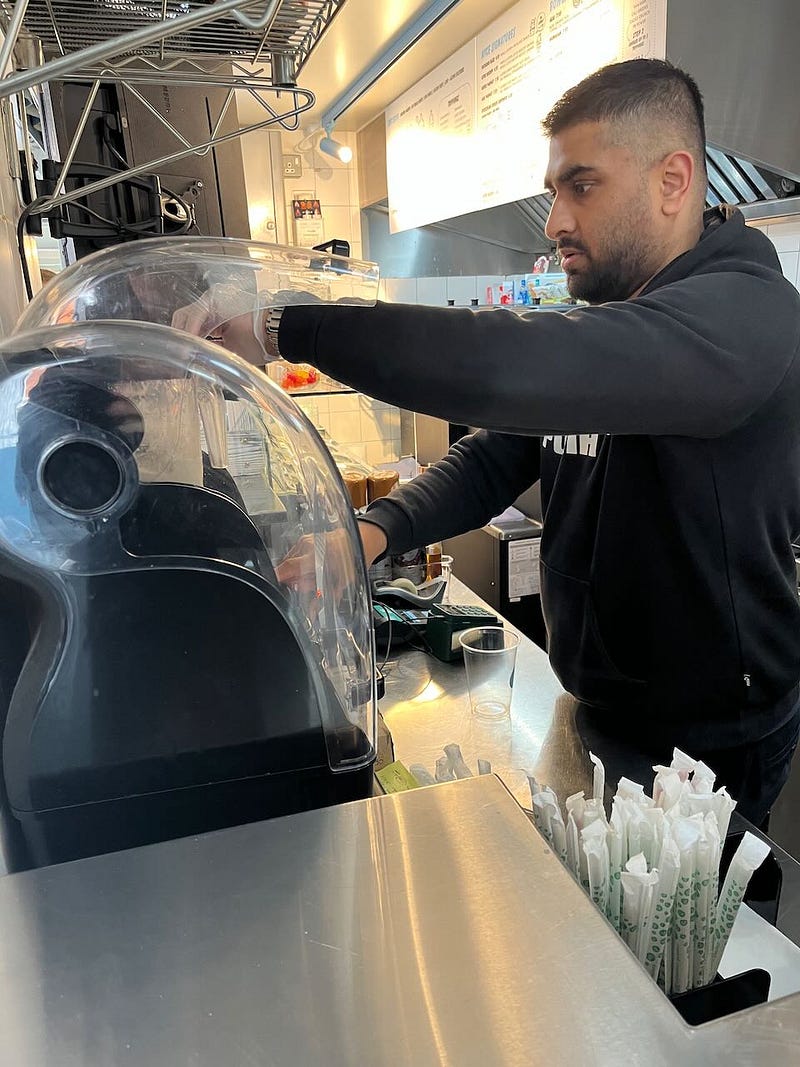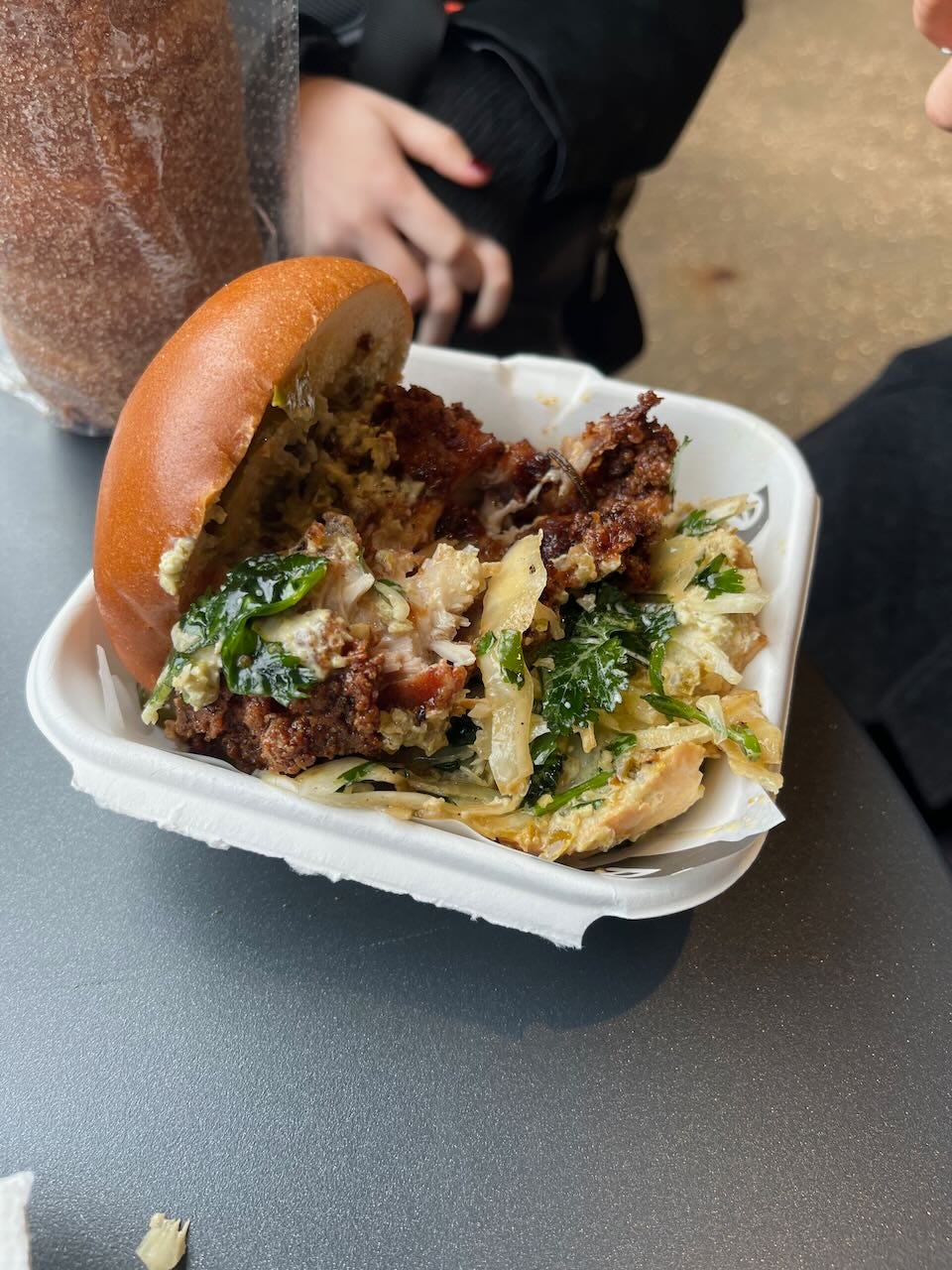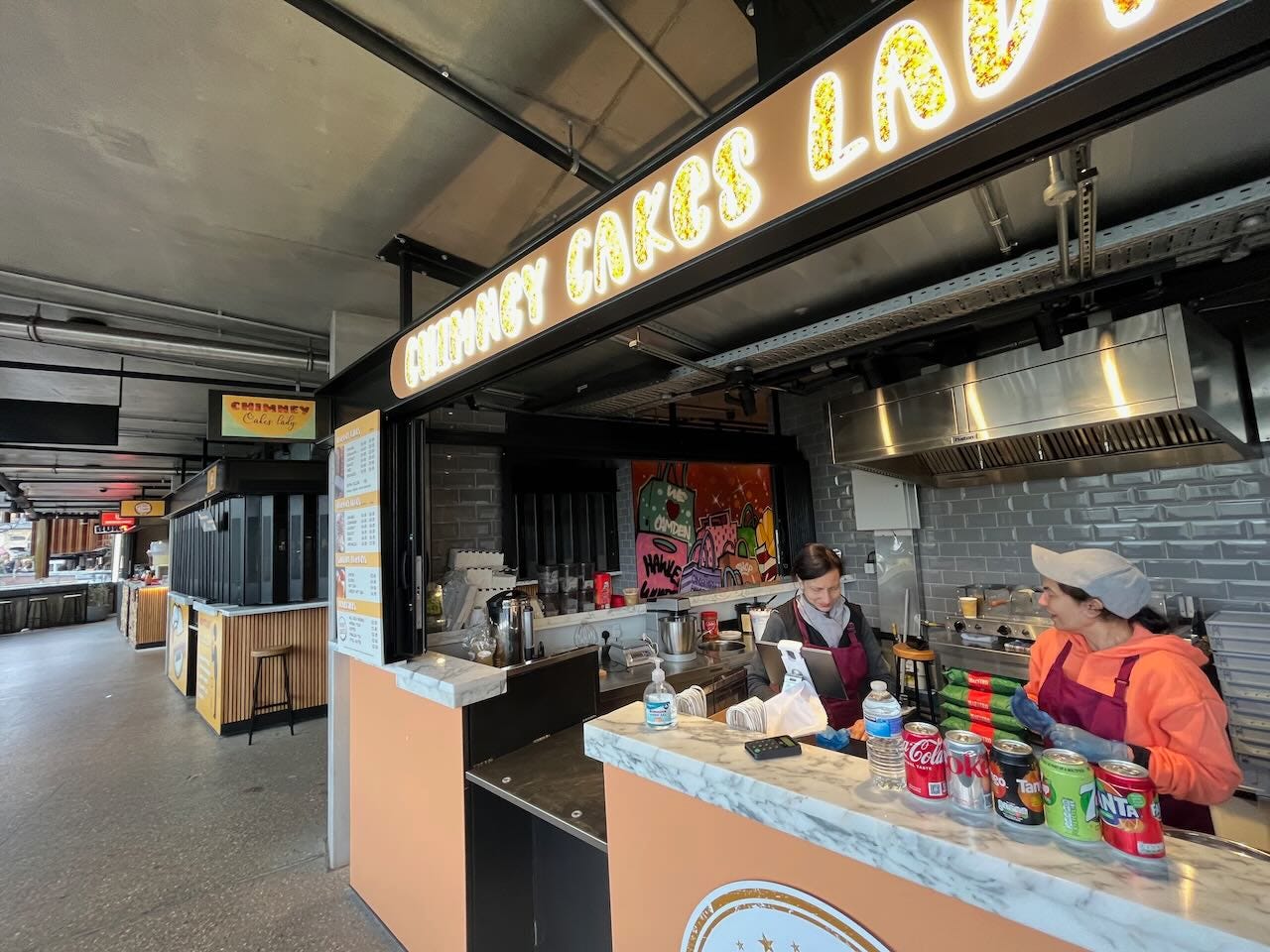François Rabelais may be the most misunderstood author in history. The adjective “Rabelaisian” – inspired by perceptions of his work as vulgar or raunchy – only captures one facet of the satirist’s vibrant hodgepodge of style, tone, and subject matter. This plays right into the French Renaissance author’s hand. Reading The Inestimable Life of the Great Gargantua (1535) in 2023 reminds contemporary readers of the power in freethinking. And the fun of doing so.
That Rabelais should have a word named after him with a confused etymology is either poetic justice or the author playing the long game. In Gargantua, he criticizes the Sorbonne for benighted scholasticism, then provides his own history for how Paris got its name based on Gargantua urinating on the city from the heights of Notre Dame. The Parisians run away, screaming “we’re all awash in pee” or par rys. Rabelais celebrates the dynamism of language while taking another satirical stab at the Sorbonne. After nearly five centuries, Gargantua still tests the limits of funny.
The Sorbonne and the Parliament of Paris condemned Rabelais’s pentalogy, The Life of Gargantua and Pantagruel, multiple times for obscenity and heretical content; if Rabelais traded the printing press for a Twitter handle, he’d likely be canceled. However, as was true in the sixteenth century, so is true now that context is everything. In the comic masterwork, scatological humor confronts Evangelical morality, heroic epic narrative goes toe to toe with nonsensical farce, and classical/biblical allusions mingle with popular debates. Rabelais melds high and low brow to frustrate readers’ impulse to view social, political, or religious norms as one-dimensional and unassailable.
The Prologue to Gargantua brings this mission close to home. Rabelais instructs people to read between the lines for the underlying significance of the novel. He then immediately tells them not to read too much into his text and laughs at those who try. With an unreliable narrator, the author mimics in literature the unknowable existence of a guiding hand architecting events in life. He draws out the distinction between making fun (of someone) and to make fun (to navigate the uncertainty of daily existence by defining for oneself personal fulfillment). Laughing at others is reasonably easy. Laughing at oneself, reasonably harder. When readers recognize the ridiculousness of all people as well as appreciate their own, it alleviates the burden of making everything mean something. Figuring out the joke may be hard enough.
All times are uncertain, but twenty-first century readers can particularly empathize with the search for meaning. We see language manipulated all the time on broadcast news and social media. Picking up Gargantua in 2023 is exciting because it’s a handheld neutral zone. Since the novel is about five centuries past its copyright date, it’s unlikely to menace current sociopolitical frameworks or cause personal offense. The novel provides the opportunity for audiences to evaluate the fictions they are told and the ones they tell themselves.
In a famous episode of the text, the giant mother Gargamelle gives birth to Gargantua through the ear. Rabelais, who was trained as a physician, couches the birth scene in quasi-reality through his use of precise medical jargon as the young giant travels through his mother’s body. Remarkably, this incredibly subversive look at faith was not what got him on the Sorbonne’s “do not read list.” (That was more due to his accusation that the Theology Faculty corrupted the religion they preached with their stupidity.) Rabelais provides a birth narrative equally as miraculous as the Immaculate Conception to examine the demarcation line between fiction and faith.
At this point, readers say to themselves you must be kidding. He is not. Rabelais would love nothing more than for you to think his text is a joke. No moral compass. No redeeming quality. Because when redemption is no longer on the table, readers must use their own judgment to evaluate what is in good taste. What metrics do you use to define good, anyway?
Contemporary readers who come to Gargantua for a Rabelaisian read may change their perspective on the text itself and recognize language’s complex relationship with fiction. Nowadays people don’t often write thousand-page epics; character counts are limited. Rabelais was acutely aware of a single word’s ability to define a history or culture. More than ever, people today wield the remarkable power to change the world with word choice.
In the final sequence of Gargantua, the young giant builds the Abbey of Thélème as a thank-you to his friend, Frère Jean, who stuck by him in war. The structure is an anti-abbey for an anti-monk. The doors to the abbey bear the sole guidance: fay ce que voudras, or “do as you please.” There are no barriers of any kind built around it. There are no clocks or sundials because according to the young giant, there is no greater lunacy in the world than to rule your life by the sound of bells and not according to your own good sense.
It can feel, at times, that various sources are all fighting to influence you. Not Rabelais. Gargantua provides us with the timeless lesson that cutting through the noise isn’t easy. But it’s the only way to be your own person.



